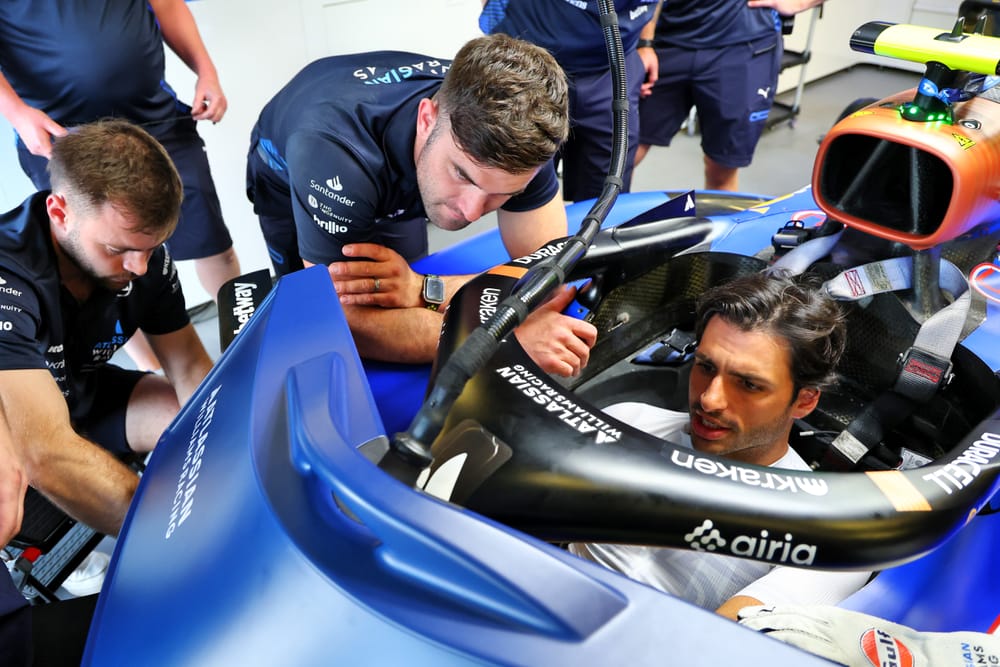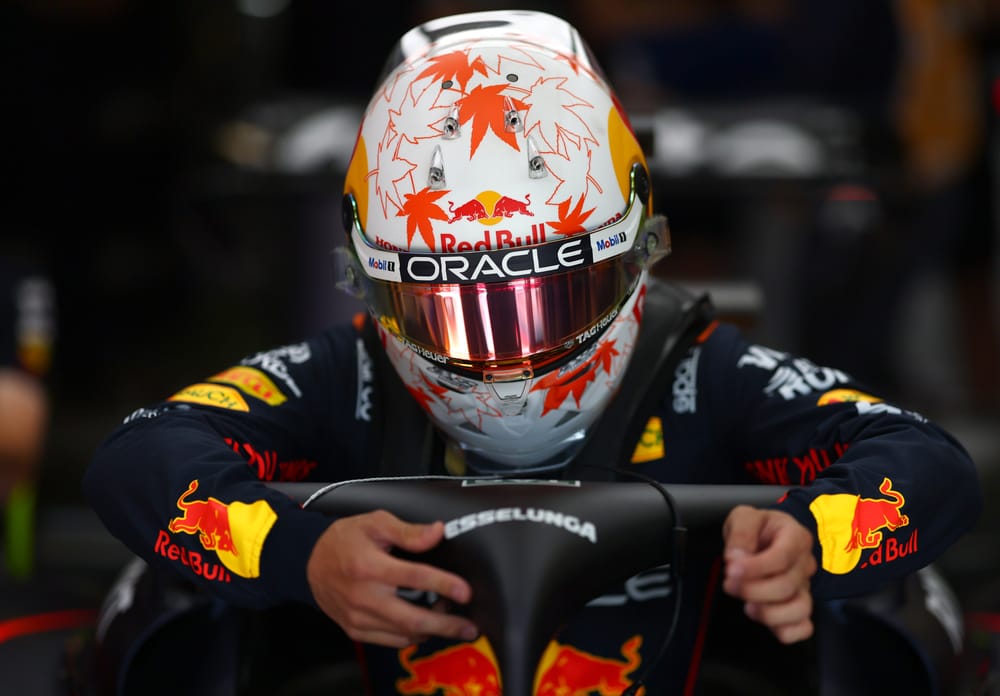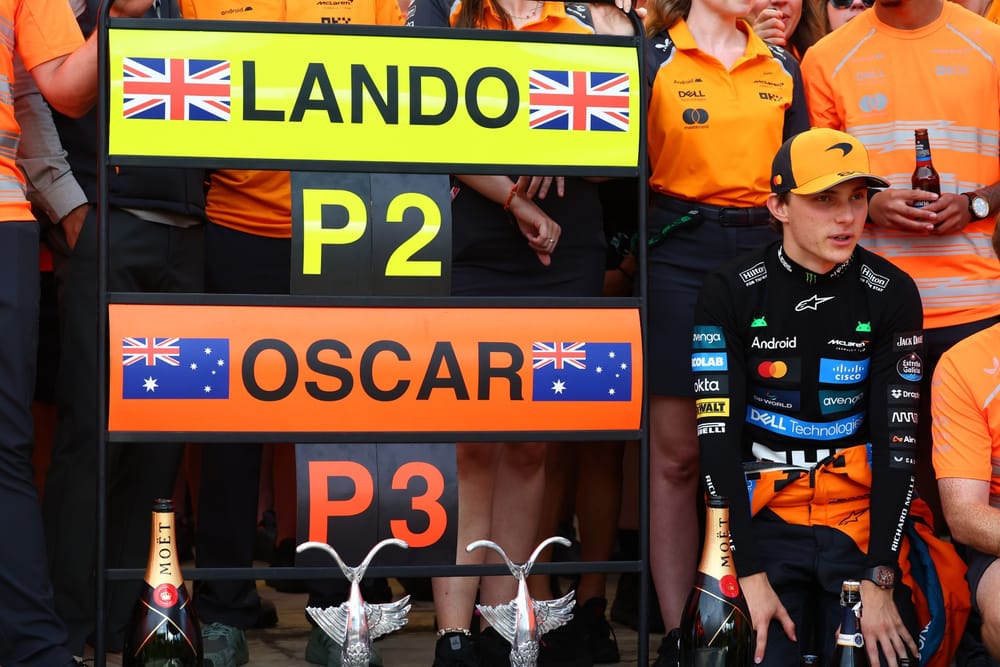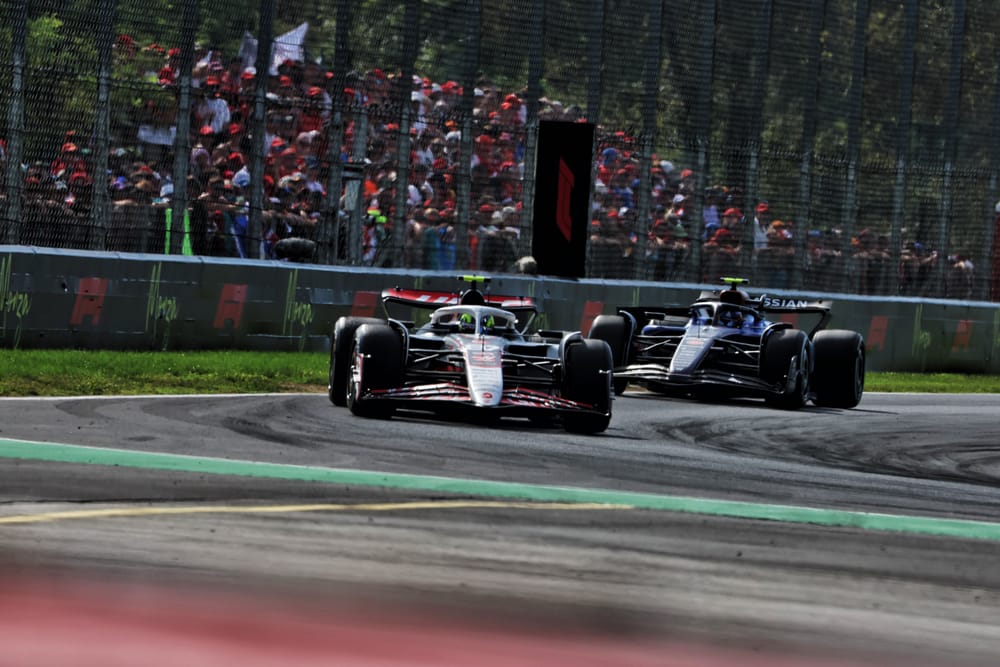From how McLaren reacted to its controversial Monza interference to further hints of what the 2026 grid might look like, Formula 1’s Azerbaijan Grand Prix has already produced plenty of talking points.
Here’s everything we learned on the ground from the Thursday media day in Baku.
Hadjar has an idea of his 2026 team
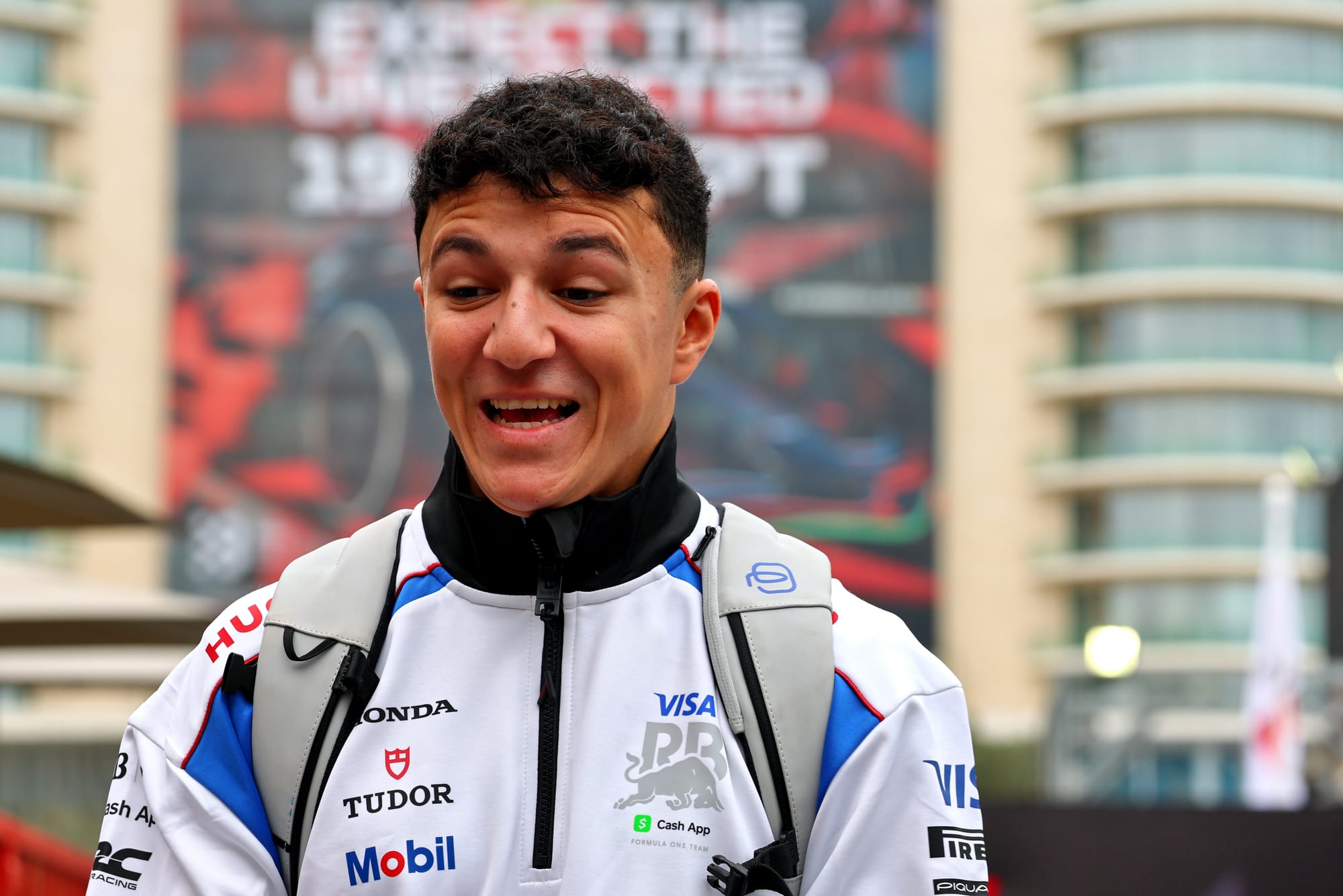
Rumours that Red Bull has decided to promote Isack Hadjar for 2026 have been gathering plenty of momentum over the last few weeks, with German outlet Auto, Motor und Sport reporting after Monza that Hadjar had been given the nod.
But has Hadjar been told which team he’ll be driving for in 2026?
“No. I have an idea, but I don't know,” Hadjar said when asked by The Race.
He continued: "I don't care. I really don't care [about reports on his future]. I had like, five days off at home and had other things to do than scrolling on Instagram.”
You don’t have to read too far between the lines to believe Hadjar is a driver who knows he’s doing everything right to be Max Verstappen’s 2026 team-mate.
Yuki Tsunoda “wasn’t paying attention” to social media after Monza either, saying he’s “not thinking too much about the future” right now amid a string of “crucial races”.
He said he’d only think about any prospect of returning to Racing Bulls if Red Bull makes that decision.
Confusion remains over racing rules despite Sainz U-turn

The FIA’s changing of its mind over Carlos Sainz’s Dutch GP penalty for the clash with Liam Lawson was welcomed by many in the Formula 1 paddock.
After some initial raised eyebrows about why Sainz had been punished in the first place, the FIA’s right of review concluded in the end that Lawson’s mid-corner correction should have been factored in more, as it deemed it a racing incident.
While that stance at least adding some clarity to things, questions still remain from some drivers about what they can and cannot do – especially in the wake of Ollie Bearman’s penalty at Monza for his collision with Sainz.
Alex Albon was one of those who reckoned that there would be a long drivers’ briefing on Friday evening to run through things.
“Yeah, I'm still confused,” he said. “I still don't really know how to properly race. I mean, you can go a week later and I'm still confused, to be honest.”
Albon says that having gone from Sainz being at fault for being on the outside in Zandvoort, to Bearman having been guilty for not conceding on the inside at Monza, it had left him unsure of the rights and wrongs.
He added: “It's a tricky one, because realistically we want consistency. That's where all this has started from.
“But that is what makes it so difficult to regulate, because every situation is different and at the same time, should anyone own a corner? I don't know. I think there's always give and take.”
Is Lawson looking outside of Red Bull?

Red Bull’s apparent keenness to promote Formula 2 driver Arvid Lindblad into F1 next year and having the option of placing Tsunoda back at Racing Bulls means Liam Lawson is fighting to keep his seat.
“Hopefully in the next few races,” Lawson replied when asked when he expects to find out if Red Bull is retaining him, tallying with Helmut Marko picking out October’s Mexican GP as a rough deadline.
And he also gave the first hint that he’s starting to consider his future outside of Red Bull.
“Obviously we’re all chasing the dream, first dream was getting into F1, but we’re all here to try and win,” Lawson said.
“I spent a long time, especially joining as a junior when I was 17, I was just looking at ‘how do I get to Red Bull Racing?’
“And that was just where I saw my future, I think maybe, not that I forgot, but that was so much of the goal, that it’s easier to step back and realise now the goal has always been winning and getting to the top, and it doesn’t need to be specific to where that is.”
It’s important to remember that Lawson signed with Red Bull’s junior programme in early 2019, just days after turning 17. It was a huge breakthrough for his career and some much-needed stability and vindication for having made the big switch from New Zealand to Europe one year prior.
So it’s no surprise that Lawson’s had to take some time to come out of that ingrained tunnel vision, given Red Bull is so unlikely to promote him back to the senior team.

When The Race asked him if he’s talking to other teams outside of Red Bull, after a pause, he said: “As drivers…the main thing for us is to be in Formula 1, so we’re focussed on securing a seat that’s my goal at the moment”.
As Lawson noted, most of the open 2026 seats are “pretty much gone” with Alpine’s second seat alongside Pierre Gasly likely the only potential opening for Lawson.
How McLaren's dealt with Monza controversy
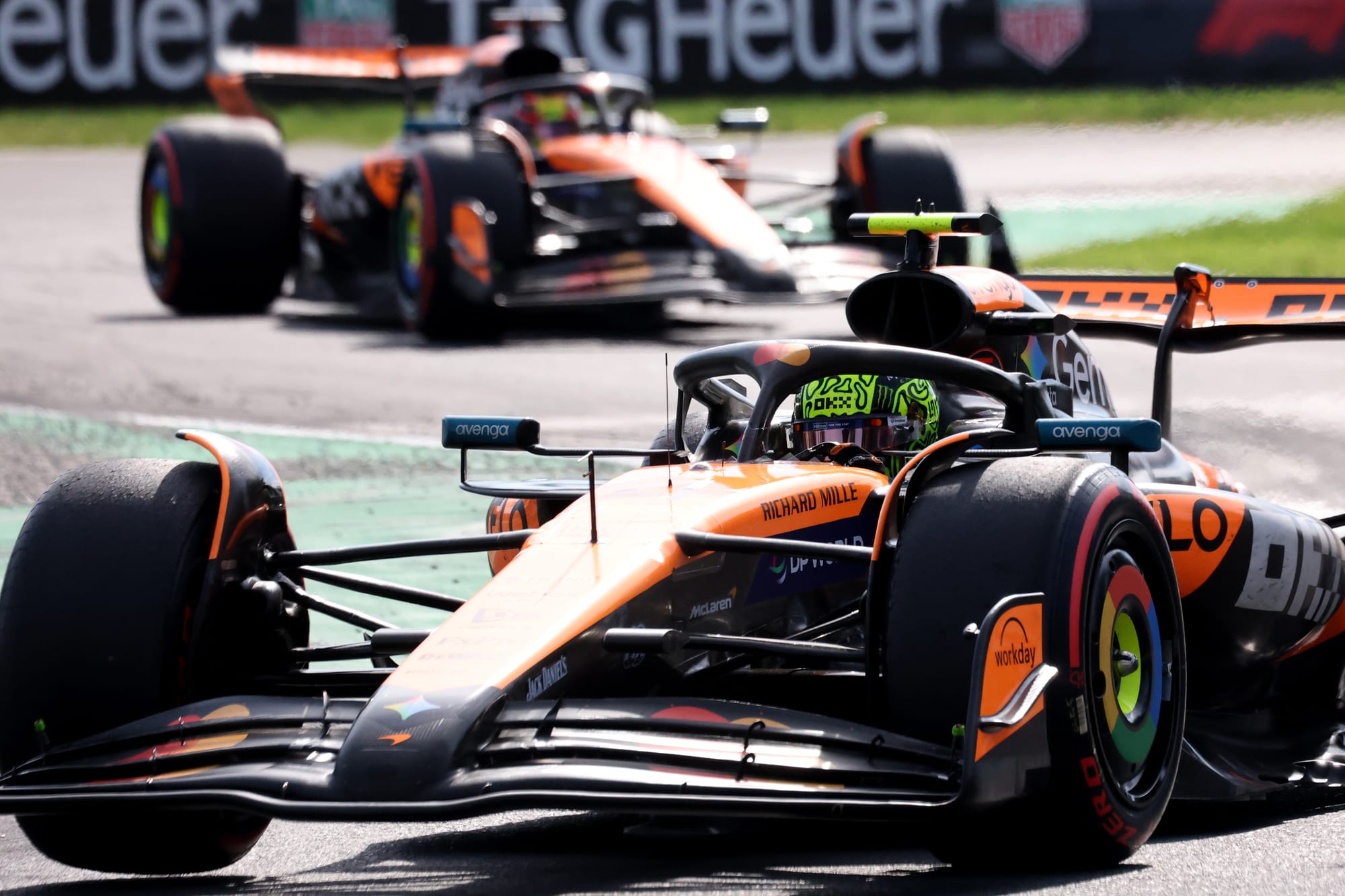
McLaren promised it would review the rules between Oscar Piastri and Lando Norris after its controversial decision to invert its drivers at Monza.
And on the evidence of Thursday in Baku, the conclusion seems to be more of a clarification being made, rather than wholesale policy changes.
Piastri stands by his radio message that “a slow pitstop is part of racing”, but it was the presence of, in his words, “another factor,” that made the difference in the Italian GP.
That other factor is the inverted pitstop order with Piastri stopping before Norris despite running behind him, a decision made to protect Piastri against Charles Leclerc’s undercut.
So if there was an exact repeat of the highly unusual Monza scenario, then McLaren would do the same.
But a slow pitstop by itself wouldn’t mean McLaren would then invert the positions - there needs to be another factor involved, like pitting the drivers in the opposite order.
In typical McLaren 2025 title fight fashion, both drivers are being calm and sensible about it, with Piastri believing he has “enough freedom to control our own destiny in the championship”.
The crucial thing for McLaren might be in communicating why it won’t act if there’s a slow pitstop in the remaining races - and why that’s not a change of policy, but just how the rules have always been.
Bearman won't take risks
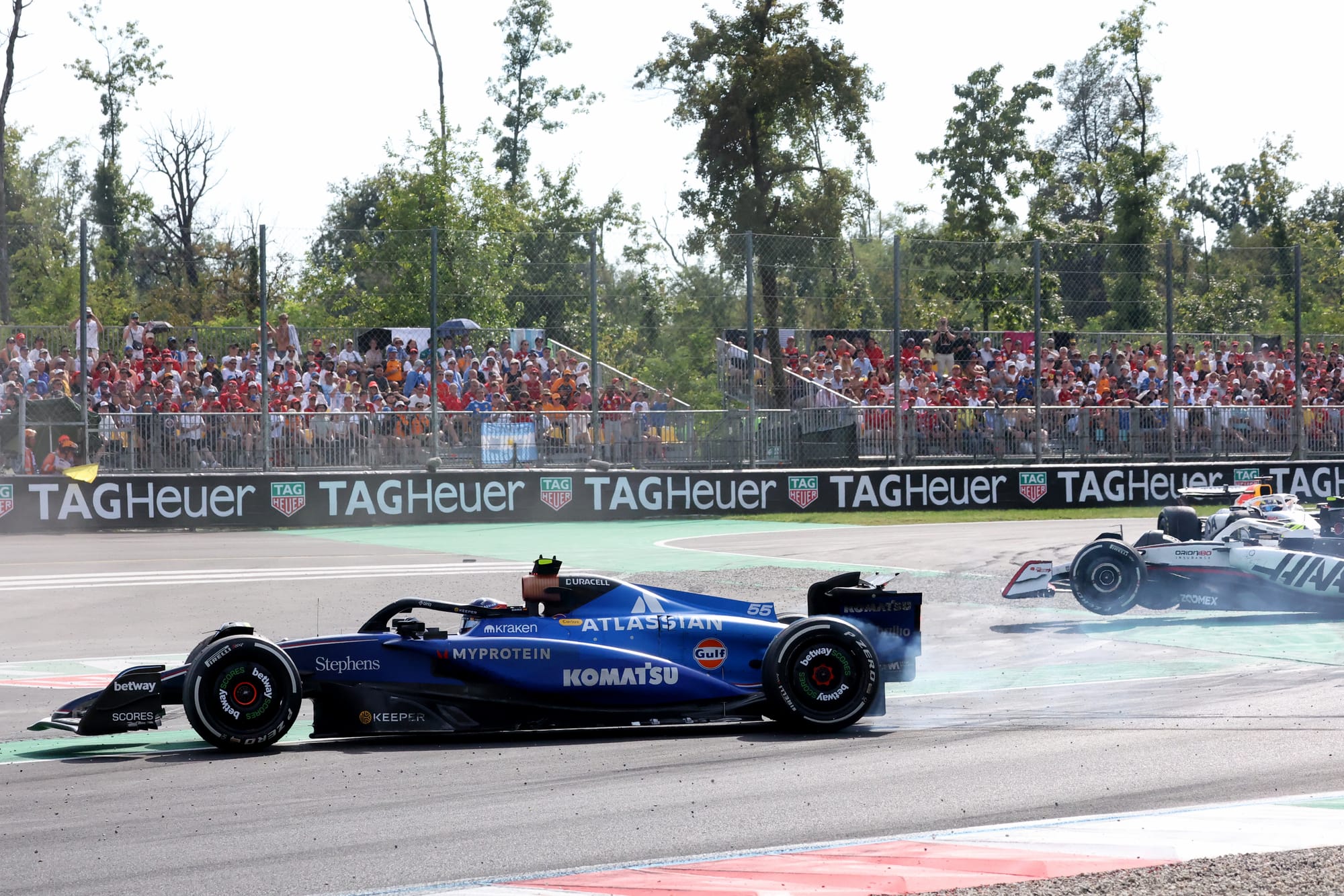
Ollie Bearman is potentially one incident away from a one-race ban as his two-point penalty for causing a collision with Carlos Sainz at Monza leaves him on 10 points. If you hit 12, a one-race ban is triggered automatically.
Asked whether he would race differently now he is in that situation, he offered a jokey response, saying “yes, it’s a shame, I guess I’ll just go around the outside”.
That’s a reference to the questions he’d just answered about the Sainz Monza incident and the fact that, while he accepts the penalty and the way the guidelines were applied, “I expected a bit more space”.
While some drivers in that situation in the past denied the suggestion they would modify their approach, Bearman is being honest about the fact you have to. As he puts it, “I’m going to be making it to when I lose my two points from Brazil”.
Azerbaijan is the first of a run of four events, also including Singapore, the United States and Mexico, where he has no choice but to do everything he can to keep his nose clean.
To make that emphatically clear, when he was asked whether he would pull out rather than contest the move if he found himself in the same situation he did with Sainz at Monza two weeks ago, he confirmed that the risk of a ban means he would have to.
“Yeah, I don’t have a choice,” said Bearman. “I would hope to get given space on the inside, but clearly there’s a possibility that that won’t happen, so I can’t take that risk.”
Team boss Ayao Komatsu agreed with Bearman’s penalty because it contravened the racing guidelines. Similarly, he struggles to argue against Bearman being in this position, purely because it’s self-inflicted, even if he’s “done 99% of things right”.
But he doesn’t think Bearman needs to change his approach as "he has to behave all the time anyway".
Could a sprint expansion could hurt rookies?
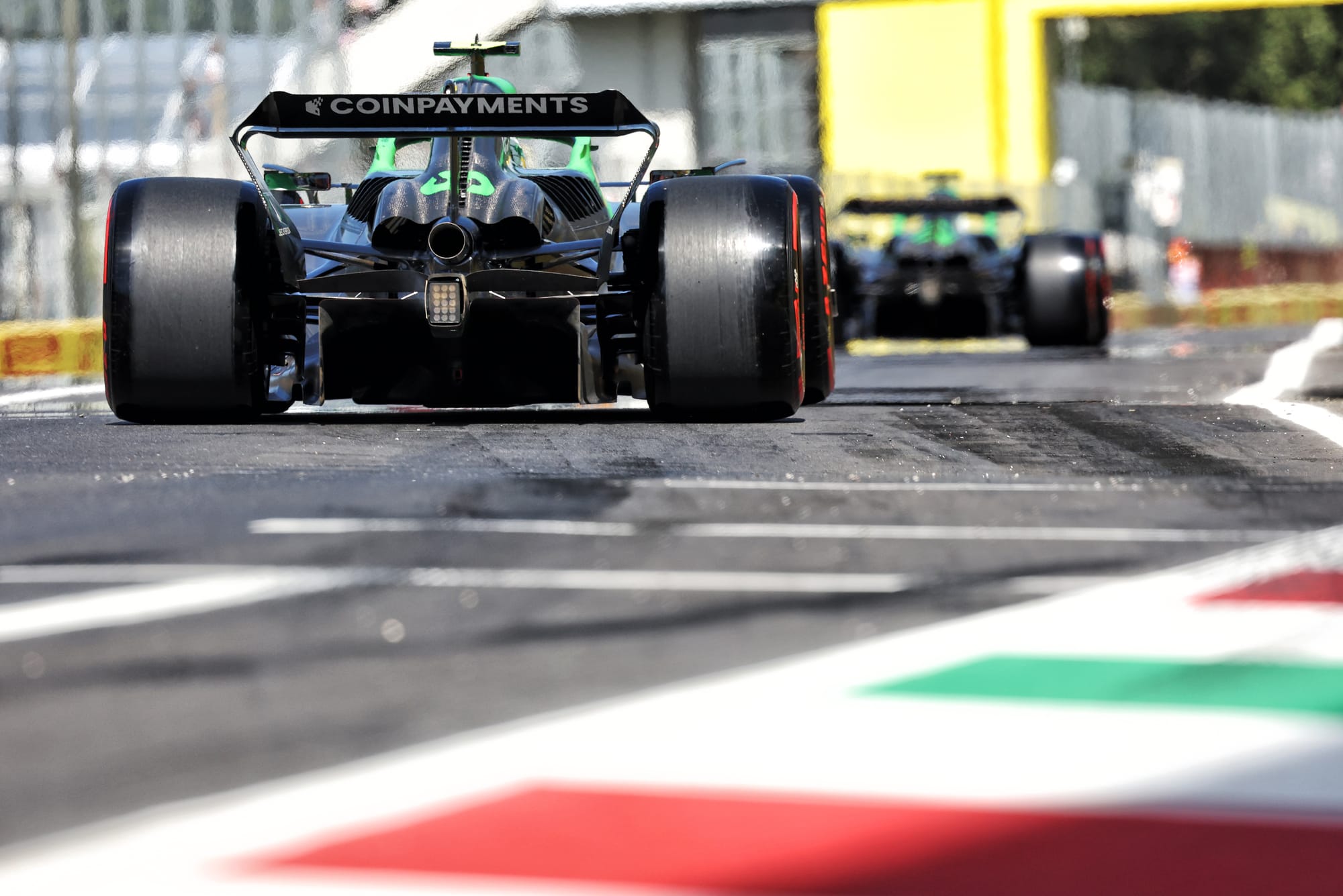
Confirmation of where Formula 1 will be hosting its six sprint races next year came earlier this week, along with indications that wider calendar changes are afoot for 2027.
While nothing is agreed just yet, discussions are underway about expanding the number of sprints in the future – with suggestions that as many as 12 could be on the cards if teams, the FIA and FOM are all in agreement.
That could be good news for fans who like the sprints, but not all are in favour.
Haas driver Esteban Ocon felt that the days of grands prix feeling like special events to be looked forward to had long gone.
“Now we already race almost every week and to have a sprint on top,” he said. “It's a lot more content, for sure it will have more views because we are racing on Saturday. But yeah, I believe it's probably a bit too much.”

But there is also another potential downside to having a lot more sprints – and that is that it could deter teams from taking young drivers because of a likely slashing of practice opportunities.
Sauber’s Gabriel Bortoleto said about Singapore being a sprint next year – where qualifying will take place in totally different conditions to practice – that rookies will “have a problem!”.
But issues go beyond that.
“The problem, I would say, would be teams who will probably think a bit more before hiring rookies,” he said.
“Because they know they have less time to adapt with sprint events. That's what I think it's going to be more of a thing.”
Fears over 'artificial' reversed grids
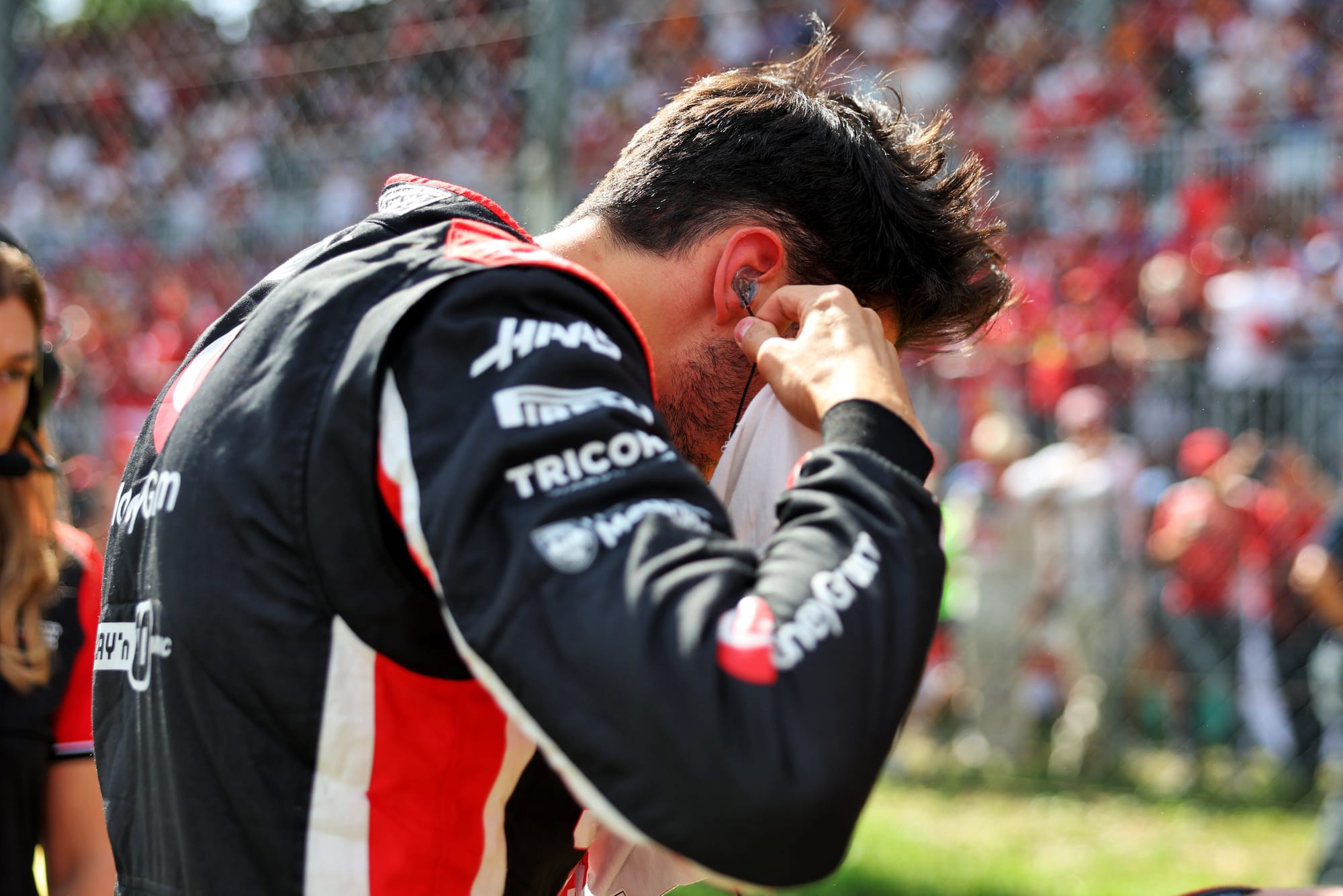
As part of that potential sprint race expansion is the prospect of the format being changed to include some reversed-grid races for 2027.
Ocon and his team boss Komatsu - in a midfield team that would benefit right now from reverse grids - called it “artificial”, while championship leader Piastri branded it a “bad idea”.
Charles Lecerc said: “The reversed grid, I don't know, not on a normal weekend at least. On a sprint weekend, why not consider it for the sprint race? But it's really not something that I see should be part of Formula 1's DNA.
“I think the way Formula 1 is at the moment is where I think it should stay and I don't think we've got to reinvent anything.”
F1 hasn’t made any decision yet and is still very much in the consultation phase with the FIA, teams and drivers - but it appears to have been given an initial thumbs down to any kind of reversed-grid element being included.
Aston Martin responds to freak Monza retirement
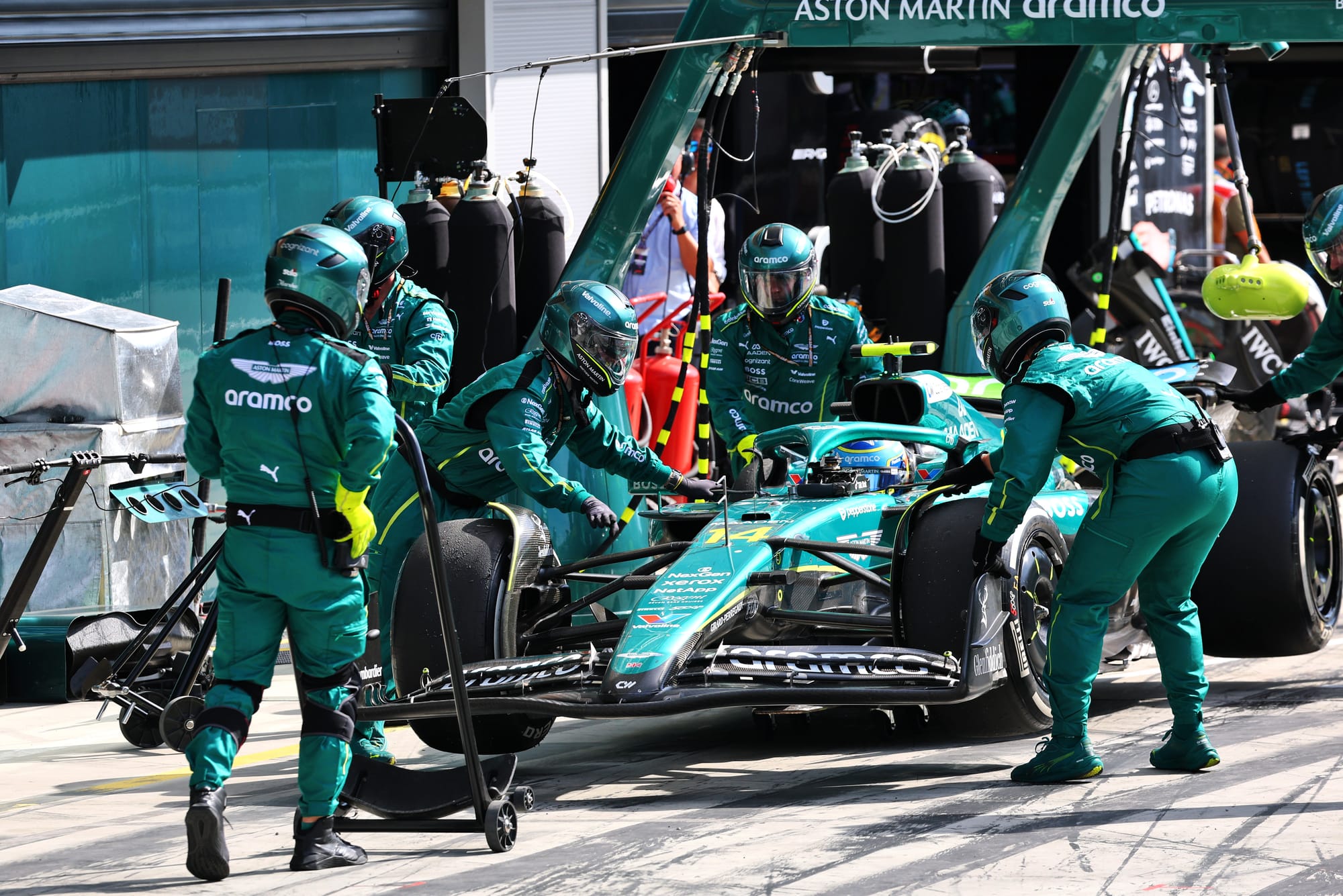
Aston Martin is taking no chances after the freak gravel strike that triggered Fernando Alonso’s suspension failure in the Italian Grand Prix.
Post-Monza analysis of what put Alonso out showed that a lap one hit from gravel thrown up by Norris had weakened the front-right pushrod.
This part subsequently got stressed more and more as it was put under load throughout the race before it eventually broke.
Despite Alonso labelling the failure as a “one in 10 million” chance that will probably never happen again, Aston Martin has elected to make minor modifications to its AMR25 for this weekend.
Its suspension has been bolstered in the areas where a weakness has been identified, so it can avoid seeing valuable points slip from its grasp.
“Let's hope that in 10 million races I don’t have another failure like that,” said Alonso, who reckoned the bad luck with reliability this season had cost him more than 20 points.
Williams's plan to avoid the chaos
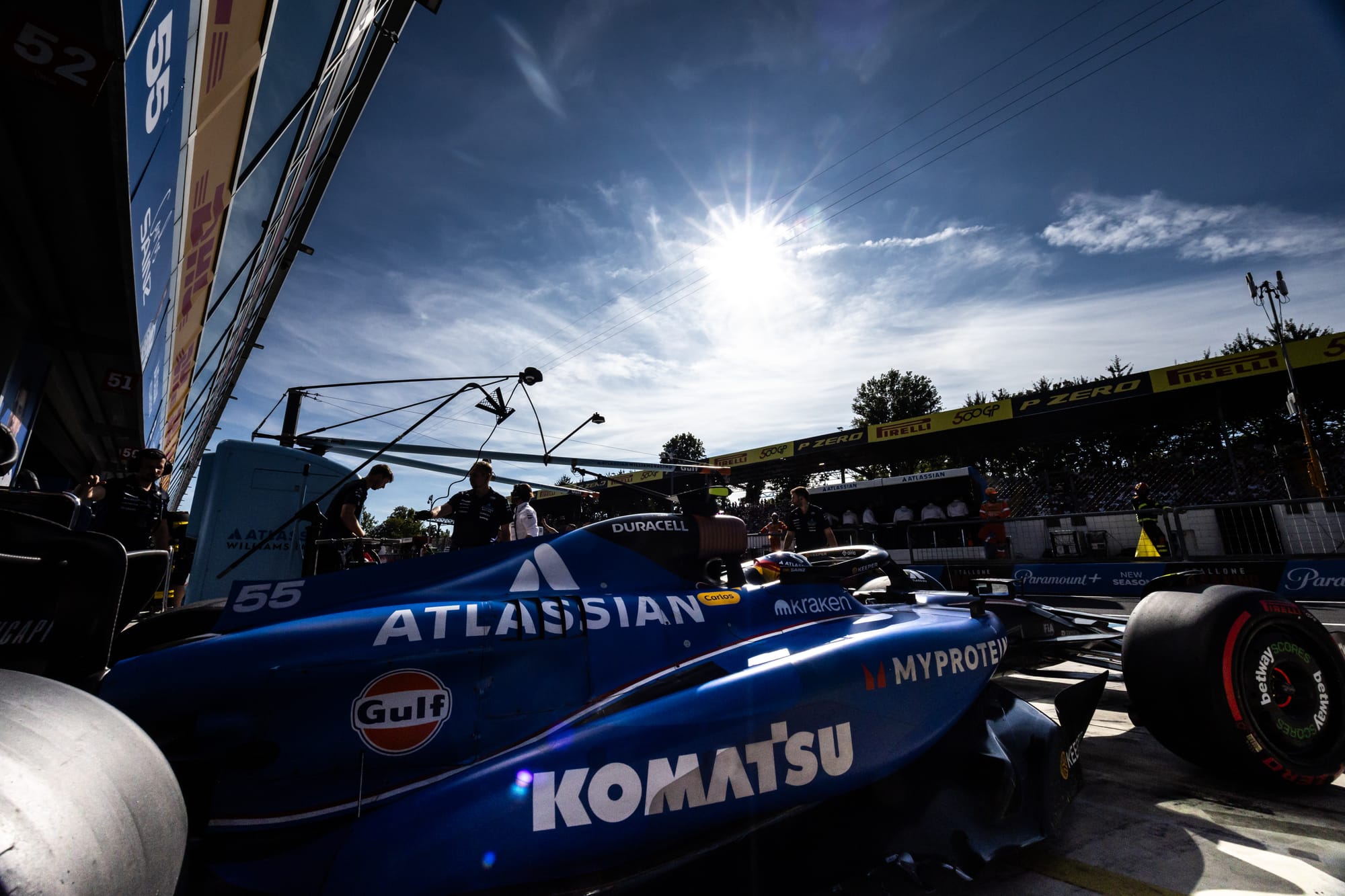
The Williams team’s tyre troubles in qualifying have been exposed badly in recent races. This is not just about getting the tyres in the right temperature window, but also achieving the correct balance.
A huge amount of work has been done since Monza to understand how to tackle the problem. One of the results is that Williams is modifying its approach this weekend.
“In hindsight, we should have stopped experimenting in qualifying,” says Albon of Monza.
“We basically carried the whole thing all the way into qualifying and then beyond. This weekend it's a bit more: ‘Friday let's see what we got, there’ll be another adjustment for FP3 and then hopefully by that point we should just stick to our guns and be like, OK, we've got something, it's not perfect, but we've got something, we've got a consistent plan to follow and then we can just go into qualifying without the chaos'.”
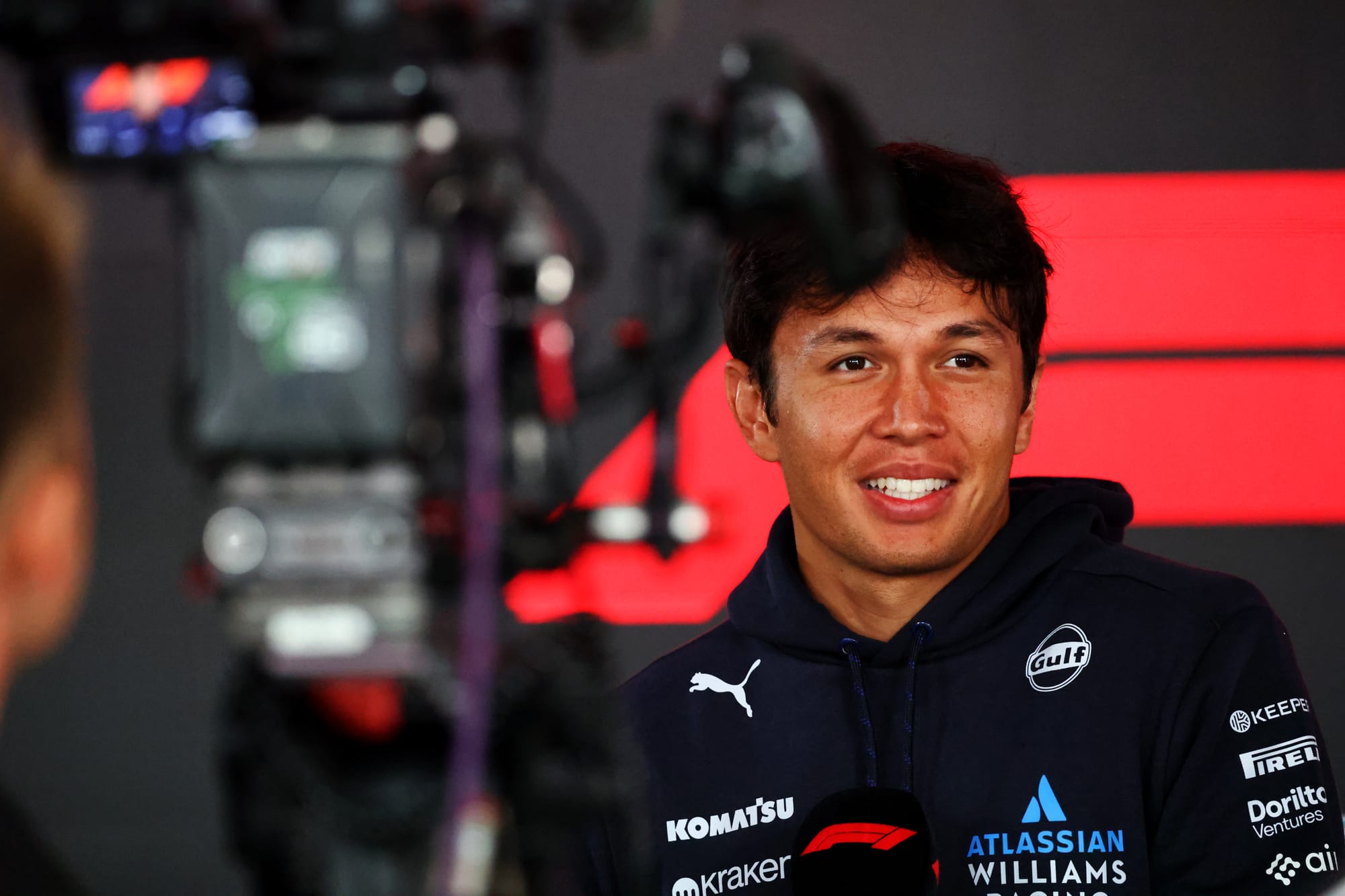
That’s easier said than done, with Albon also saying that at times Williams has tried to “simulate” something going wrong in qualifying in practice by sending a car out in traffic.
But it’s not just about Albon. Carlos Sainz describes the tyre troubles as “probably my biggest headache of the year" and defines it as blending two challenges.
“Our car has a weakness with, first of all, tyre preparation, but also the balance that a new tyre offers to the car,” says Sainz.
“Sometimes we are not as quick on the first timed lap of the tyre as we should be. So it's two different topics and in the end it brings you to the same point that is [the problem of] extracting maximum lap time of the first timed lap of the soft tyre.”


